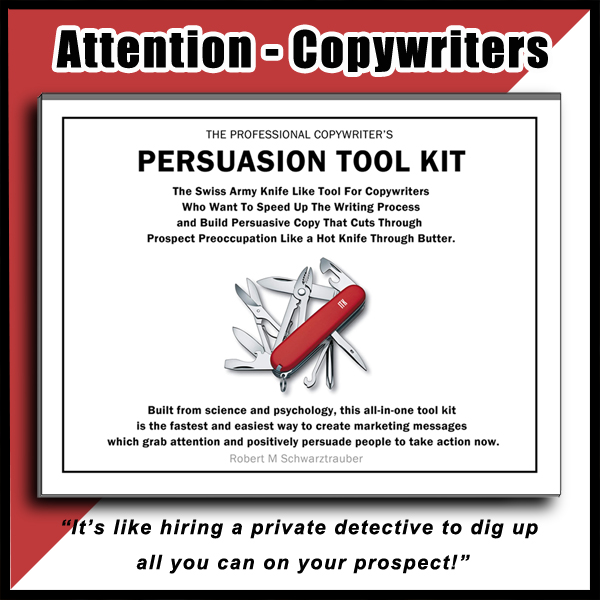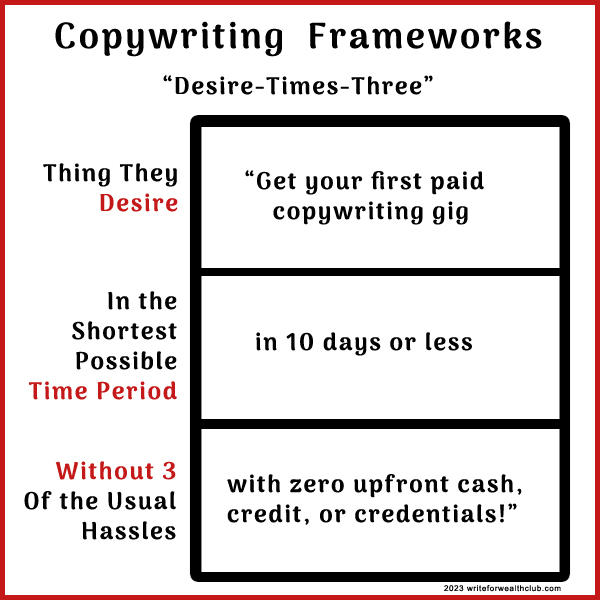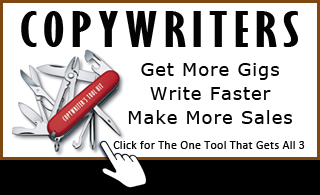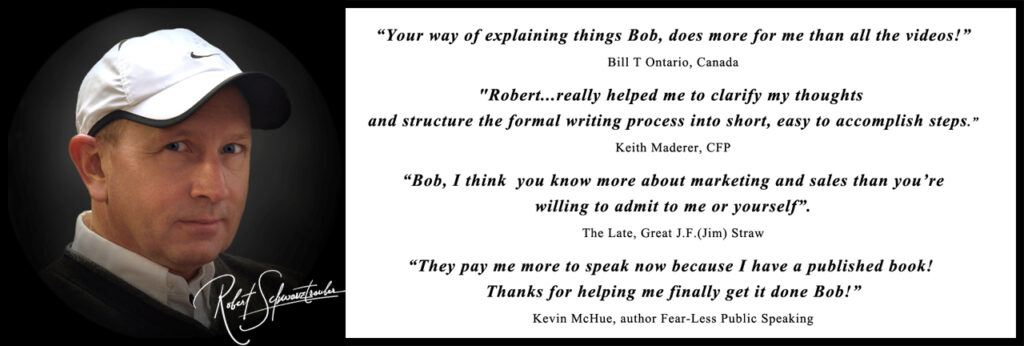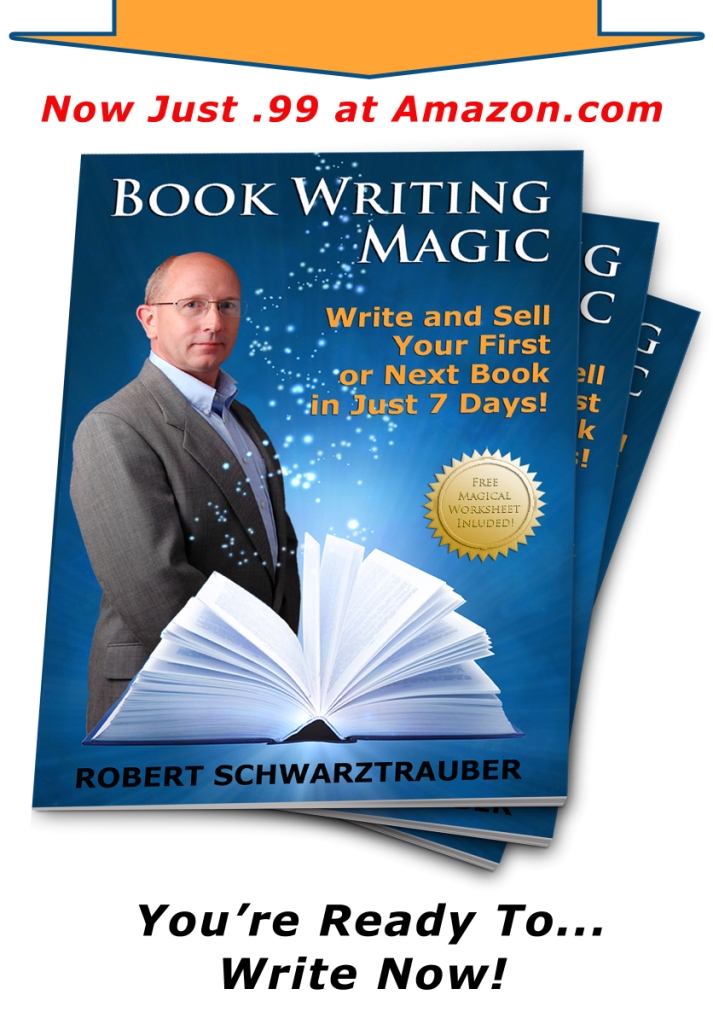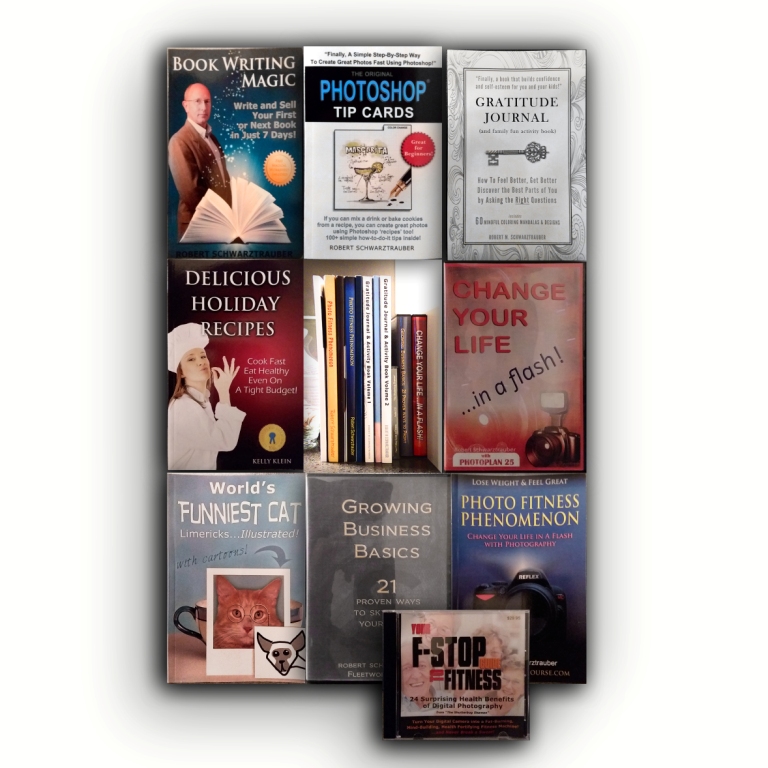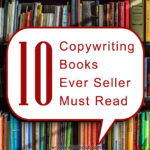
The 10 Best Copywriting Books to Read If You Want to Write Compelling Copy
Want to quickly learn and earn as a copywriter?
There is no better way than to stand on the shoulders of giants!
Reading copywriting books of their collected wisdom is a great place to start.
Persuasive writing is an art and a science.
To become a skilled copywriter, one can do no better than to learn from the legends who have already mastered this craft.
Studying classic copywriting books allows you to discover the timeless principles that still apply today. By reading the masters of old, you gain access to proven formulas, techniques, and frameworks for writing compelling copy that sells.
Bottom line – You Learn Faster to Earn Faster!
Get started on your reading right away…
Learn from Giants Upon Whose Shoulders Modern Copywriters Stand
~ ~ ~
This list provides some of the most seminal books on copywriting ever written.
These enduring works have stood the test of time. They are the foundational materials most of today’s top copywriters got their start with.
They contain the foundational rules and creative strategies every aspiring writer must know.
While copywriting continues to evolve with the times and advancing technologies, most recently AI, human psychology remains very much the same. Core techniques for grabbing attention, building desire, and driving action remain unchanging.
These great books cover all the essential principles you will ever need to succeed as a copywriter.
10 Must-Read Copywriting Books for Earning The Big Bucks
~ ~ ~
1. Scientific Advertising by Claude Hopkins – This classic book lays out the principles of effective advertising and salesmanship. It explains how to capture attention, arouse interest, create desire, and prompt action. Start here. This is the shortest book and is packed with actionable advice. And you can get it for free here. Read this book 10 times.
2. How to Write a Good Advertisement by Victor O. Schwab – This book provides practical instruction on crafting compelling ad copy. It covers headlines, body copy, layout, testing, and more. Good for learning the basics.
3. The Boron Letters by Gary Halbert – This collection of sales letters provides excellent examples of persuasive writing. Halbert’s letters demonstrate storytelling, empathy, and motivation. This collection was originally written as heartfelt letters from Gary to his son’s, describing for them the path to success.
4. Breakthrough Advertising by Eugene Schwartz – This book explores market psychology and presents strategies for crafting advertisements that speak directly to the reader’s desires and concerns.
5. The Robert Collier Letter Book by Robert Collier – Collier was a master of direct response copywriting. This book contains many of his sales letters and shows how to write compelling openings, create urgency, and more.
6. Scientific Copywriting by Fred E. Hahn – This book explains principles of psychology and neuroscience as they relate to copywriting. It shows how to tap into emotions, desires, and motivation.
7. Tested Advertising Methods by John Caples – Considered a classic, this book reveals timeless principles of writing effective ad copy including tips on headlines, offers, and getting attention.
8. Cashvertising by Drew Eric Whitman – This book provides a step-by-step guide to writing high-converting sales copy for any product or service. It covers headlines, lead generation, and utilizing emotion.
9. The Copywriter’s Handbook by Robert Bly – A standard reference guide covering all aspects of copywriting from research to writing techniques to designing layouts. Very comprehensive.
10. How to Write Sales Letters that Sell by Drayton Bird – This book provides a step-by-step formula for writing effective sales letters. Bird shares techniques for organizing copy, crafting compelling headlines and openings, writing persuasive copy, formatting layouts, and testing. A marketing classic and a must read for anyone having anything to do with advertising. Click here for 40 Magic Words That Make Money by Drayton Bird.
_______
These remarkable books, written by some of the smartest and highest earning copywriters of all time, provide all the instruction you need to develop your expertise as a copywriter.
Don’t just read them, but study them thoroughly to absorb the proven tips and principles.
Improve your own persuasive writing skills with the wise guidance of these experts. Good copy comes from understanding human motivation and behavior – then using that knowledge to steer your prospects toward a transformational outcome.
These books deliver that insight page after delightful page.
Master the Art of Persuasion by Learning from the Greats
~ ~ ~
The best way to learn any craft is to study under the masters. Copywriting is no different. The iconic authors featured on this list dedicated their careers to perfecting this art.
Spare yourself years of trial and error. Wasted money spent on useless advertising.
You’ll stand on the shoulders of giants and build the strongest copywriting abilities faster when you read and study these great books.
Then, when you’re ready to sit down and write your first ad or promotion, use The Copywriter’s Persuasion Toolkit to dig out and organize all the relevant buyer motivations and hot buttons you need to craft a compelling ad.
The Copywriter’s Persuasion Toolkit provides a quick, visual summary of the most important points in the books listed above, plus simple fill-in-the-blank templates for organizing your key points to quickly turn what you’ve learned into what you’ll earn.
To your success through reading!
(And doing)
– Robert Schwarztrauber

